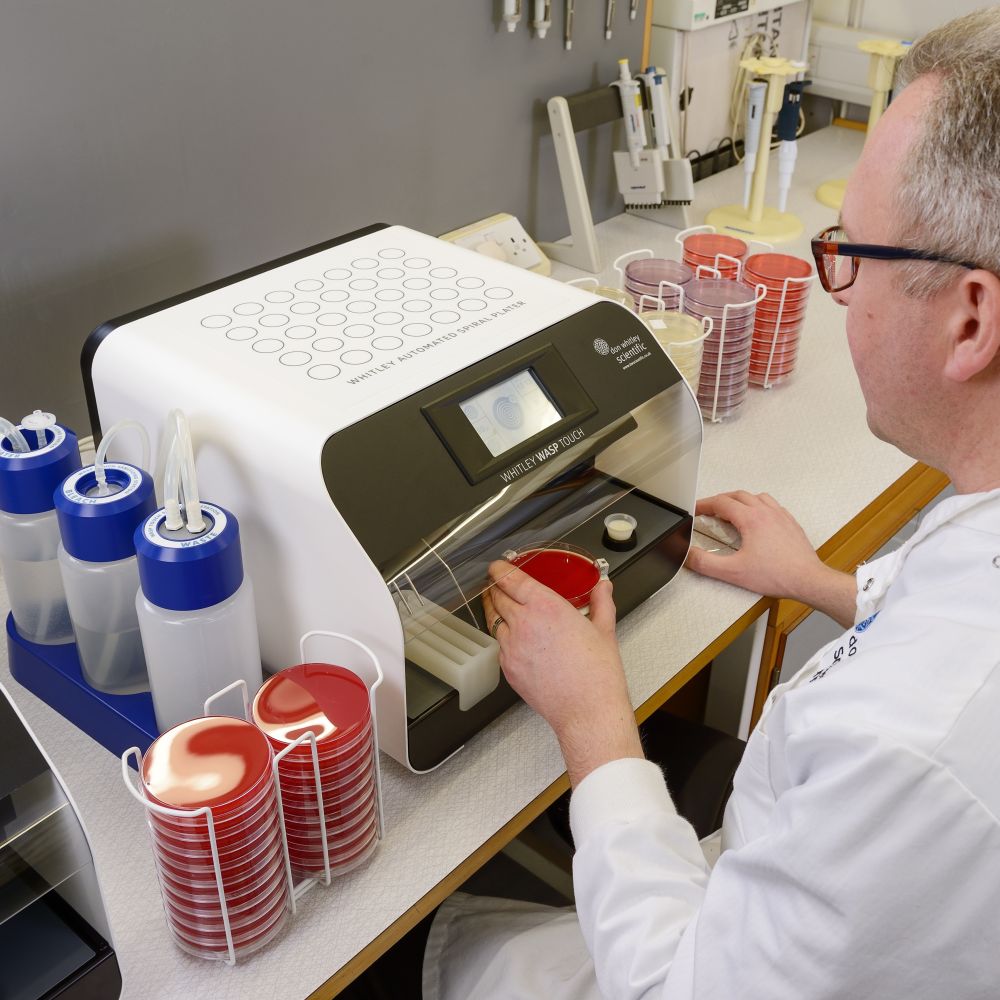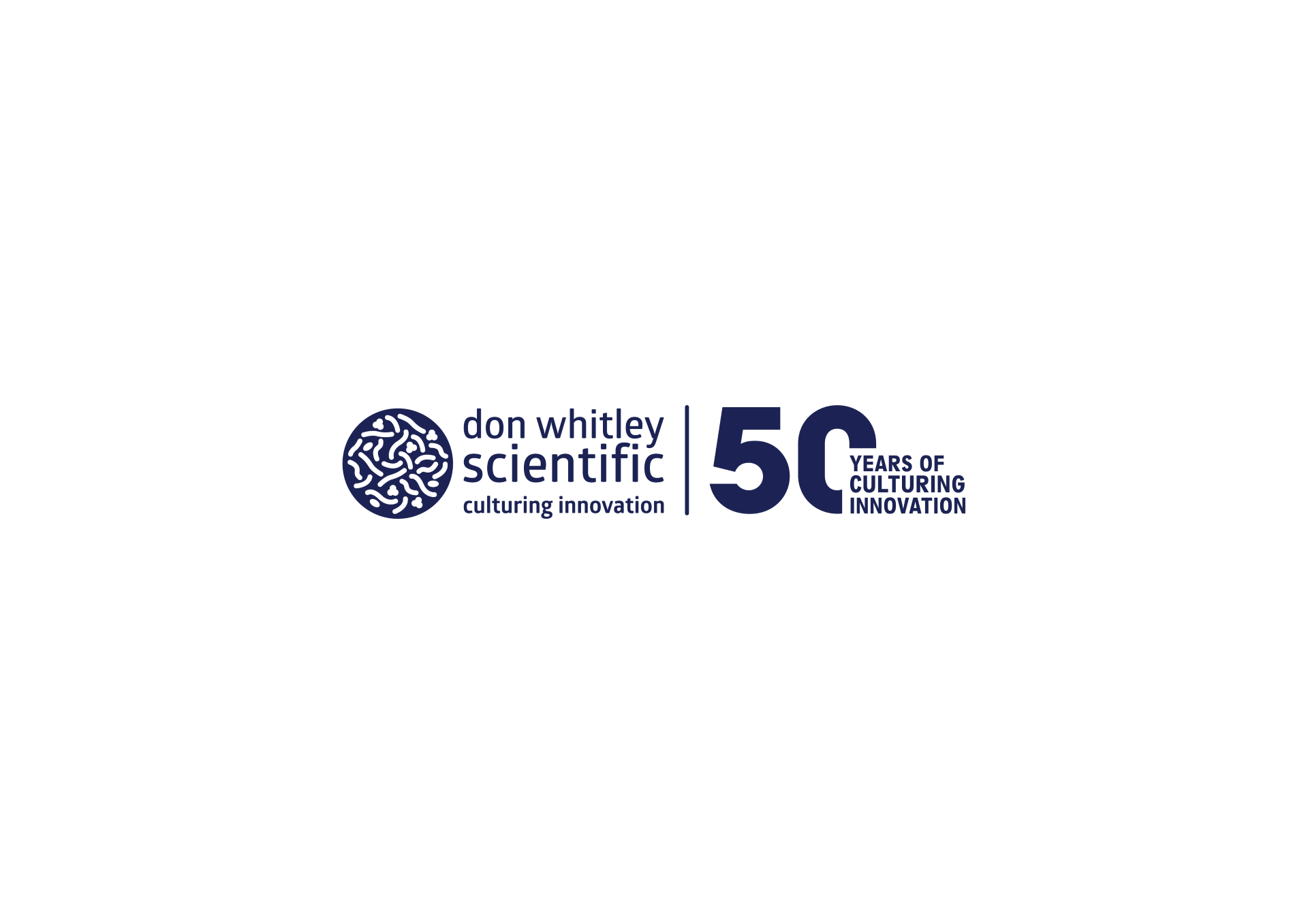
With the rise of awareness, campaigning and research, pollution of land and water are slowly but surely beginning to improve. Most people are now becoming more conscious of their impact on pollution, with recycling and environmental standards being enforced by businesses, and companies aiming to create a more sustainable future by using low-carbon energy.
Unfortunately, contamination is proving even more invasive, with analysis of archaeological remains showing the presence of microplastics [1]. Contamination of ancient remains raises doubt of the quality of historical artifacts and highlights the perilous persistence of microplastics, as they can reach the deepest most undiscovered parts of the world [1].
In addition to microplastics, other contamination sources are a prevalent problem, such as microbes [2]. Microbes are capable of polluting land and water, which is a huge problem for the agricultural industry, as contaminated produce must be discarded [2]. It is important to discard spoiled material as contaminants, such as the bacterial strain Escherichia coli O157:H7, can cause food-borne illnesses [2]. Livestock, water irrigation and natural disasters, like floods, are a gateway for E. coli O157:H7 land and water contamination [2].
 Existing methods of treated microbial contaminated land include exposure to secondary metabolites,
Existing methods of treated microbial contaminated land include exposure to secondary metabolites,
such as terpenoids, flavonoids and
benzoxazinoids [2]. Another possible treatment,
which has been researched recently by Gurtler et al., is biochar formed by slow pyrolysis [2]. Biochar is the carbon black remnants left behind after chemical decomposition using heat [2]. Soil was contaminated with E. coli O157:H7 and to check for the correct inoculum density. A Whitley spiral plater was used [2]. They then treated the inoculated soil with different concentrations of two types of biochar – paper and walnut hull cyclone biochar [2]. After a six-week period, a concentration of 2.5% of both types of biochar were able to reduce growth of E. coli O157:H7, and it is believed that such effects were possible due to low alkalinity of the soil [2]. Research of this kind gives guidance to future research and hope to the amelioration of water and land pollution.
Written by DWS Microbiologist Kirsty McTear
References:
- Rotchell JM, Mendrik F, Chapman E, Flintoft P, Panter I, Gallio G, et al. The contamination of in situ archaeological remains: A pilot analysis of microplastics in sediment samples using μftir. Science of The Total Environment. 2024 Mar;914:169941. doi:10.1016/j.scitotenv.2024.169941
- Gurtler JB, Garner CM, Mullen CA, Vinyard BT. Minimum concentrations of slow pyrolysis paper and Walnut Hull Cyclone Biochars needed to inactivate escherichia coli O157:H7 in soil. Journal of Food Protection. 2024 Mar;87(3):100210. doi:10.1016/j.jfp.2023.100210


 au
au


 xEnglish
xEnglish